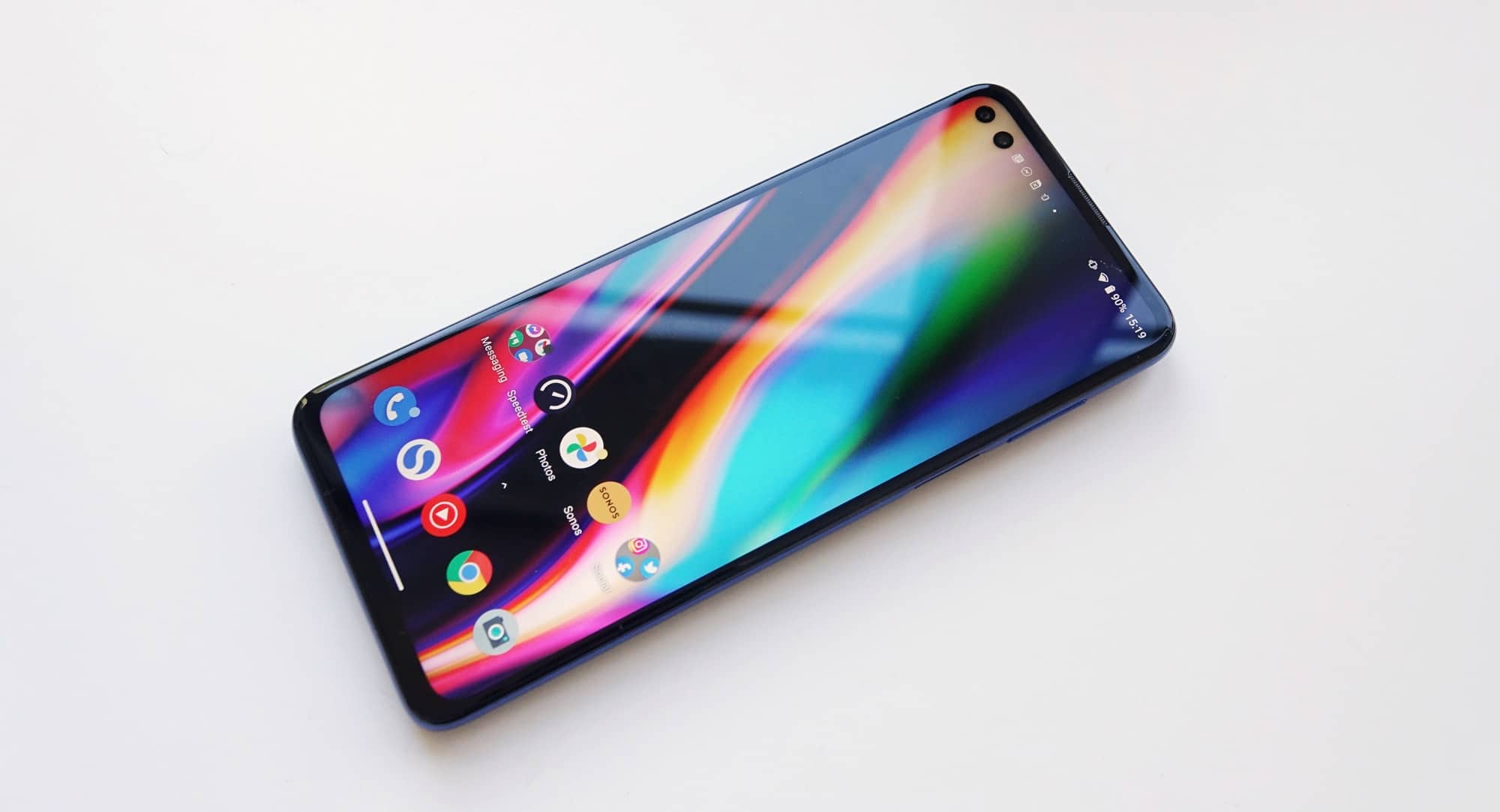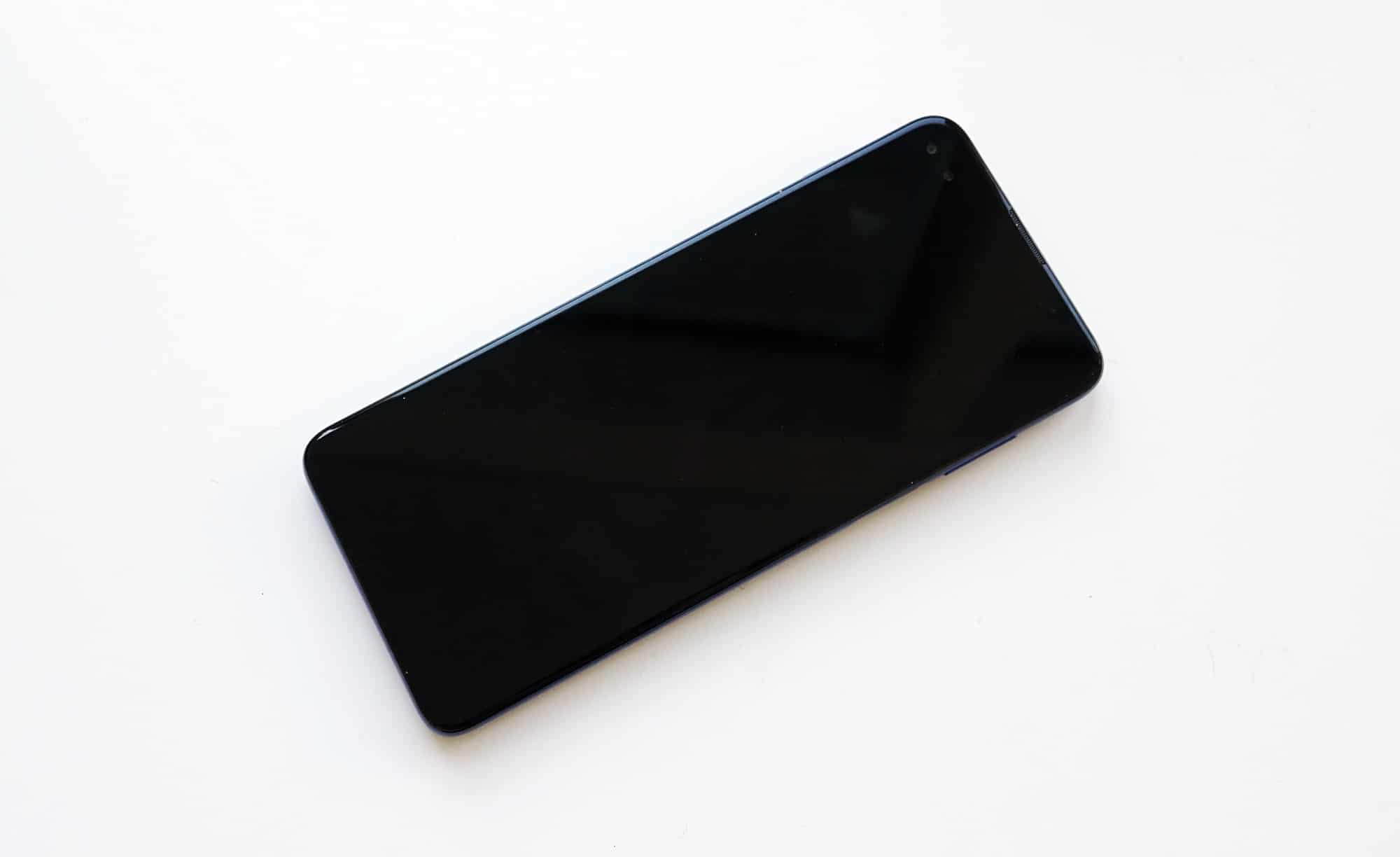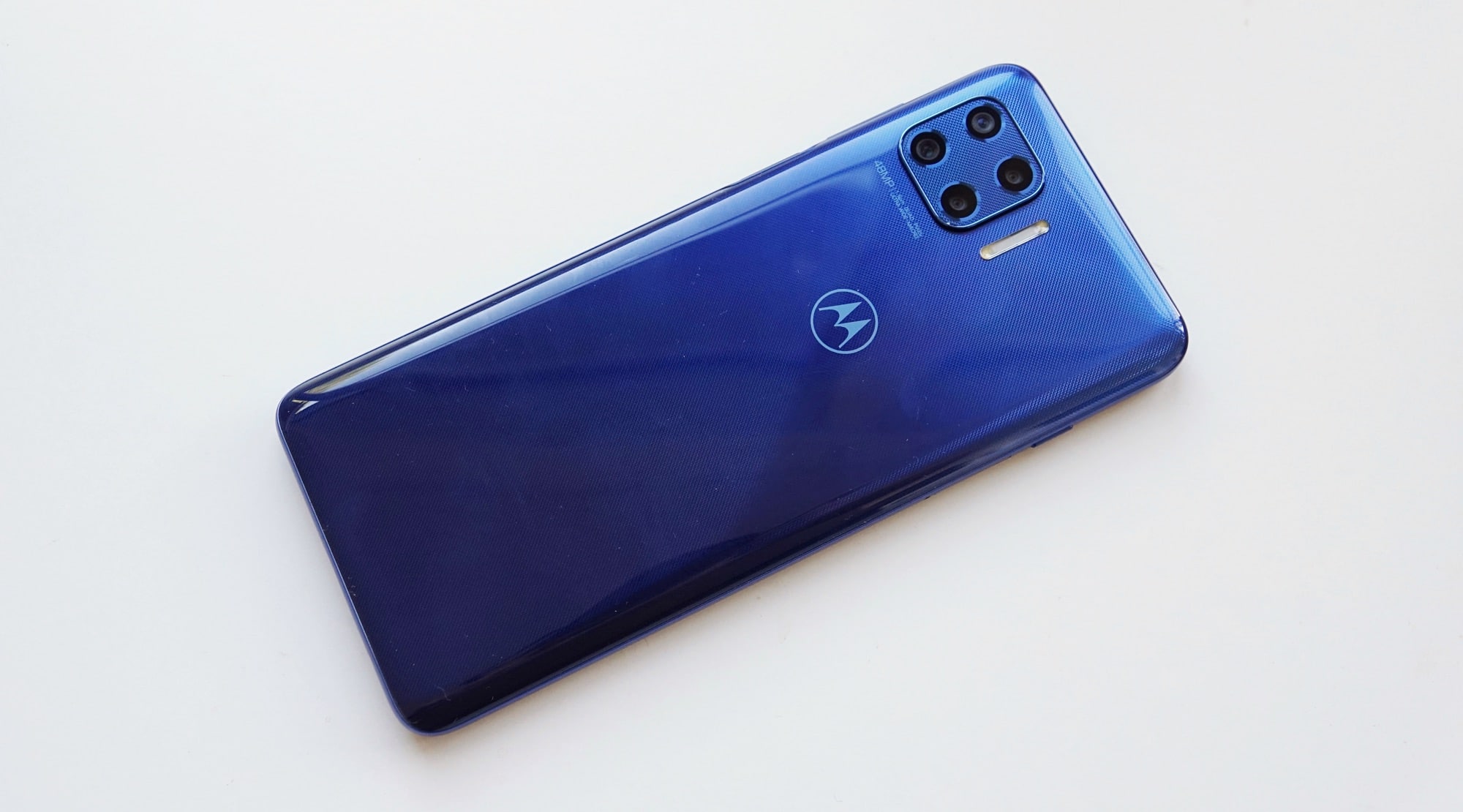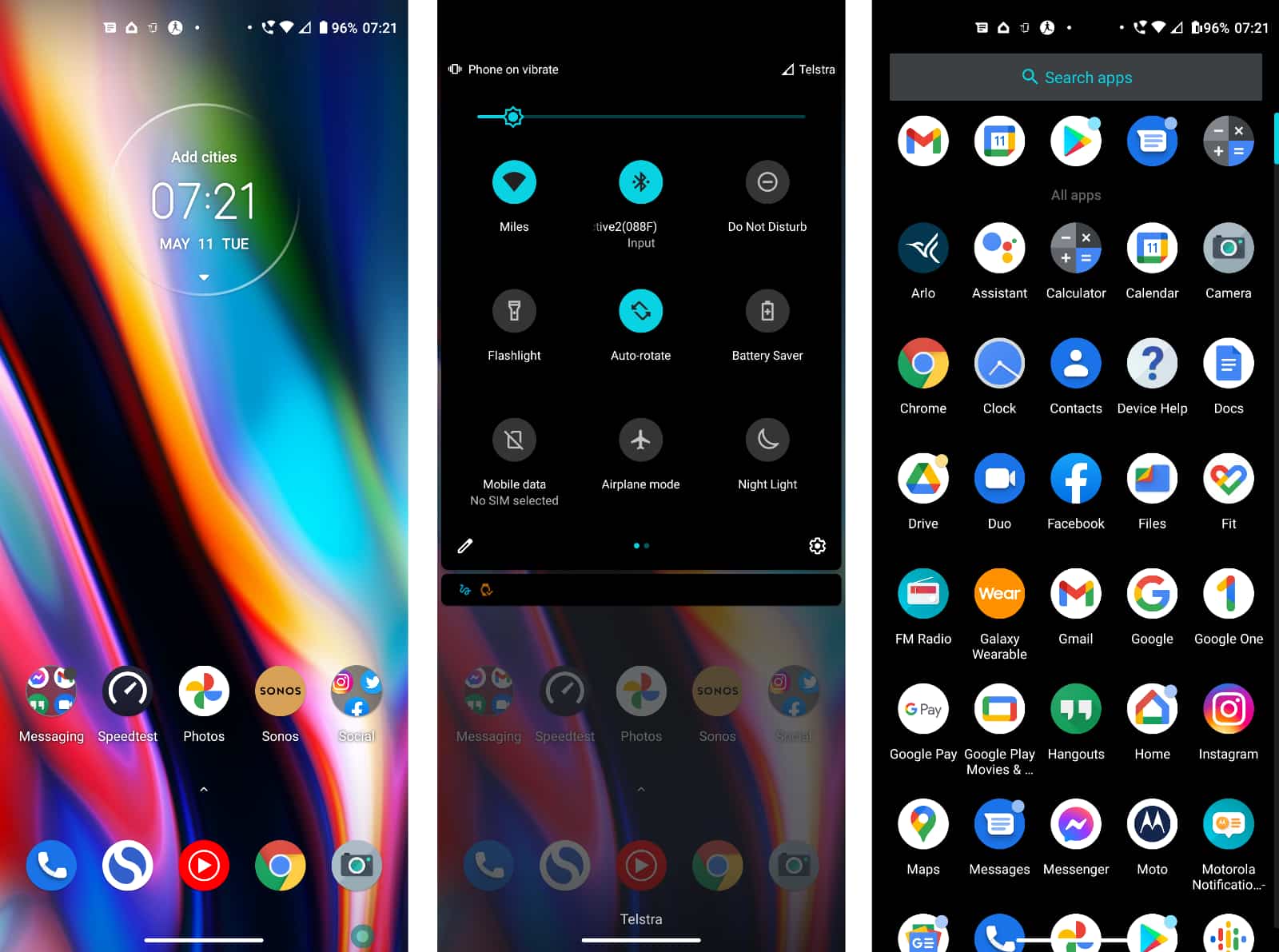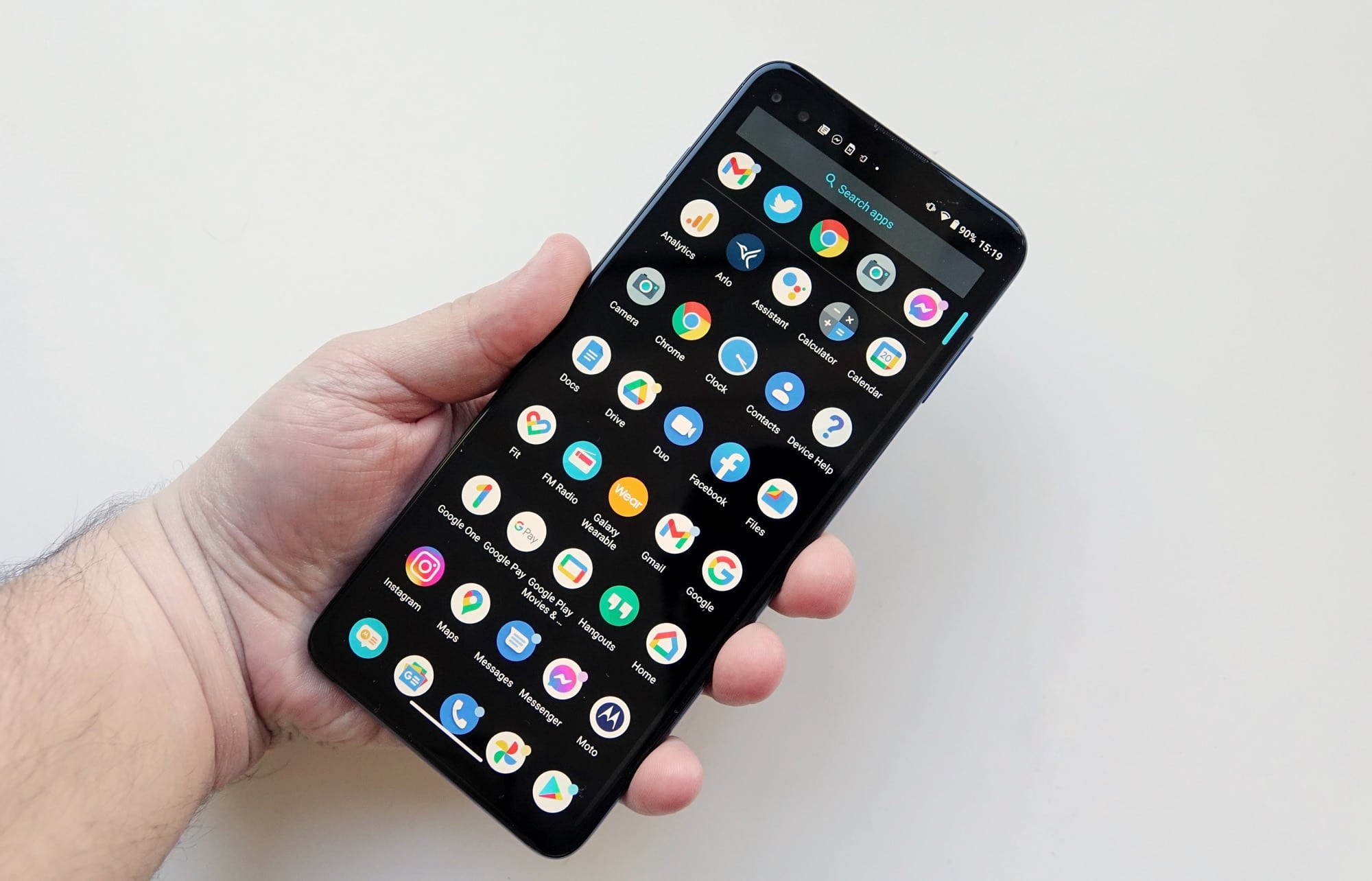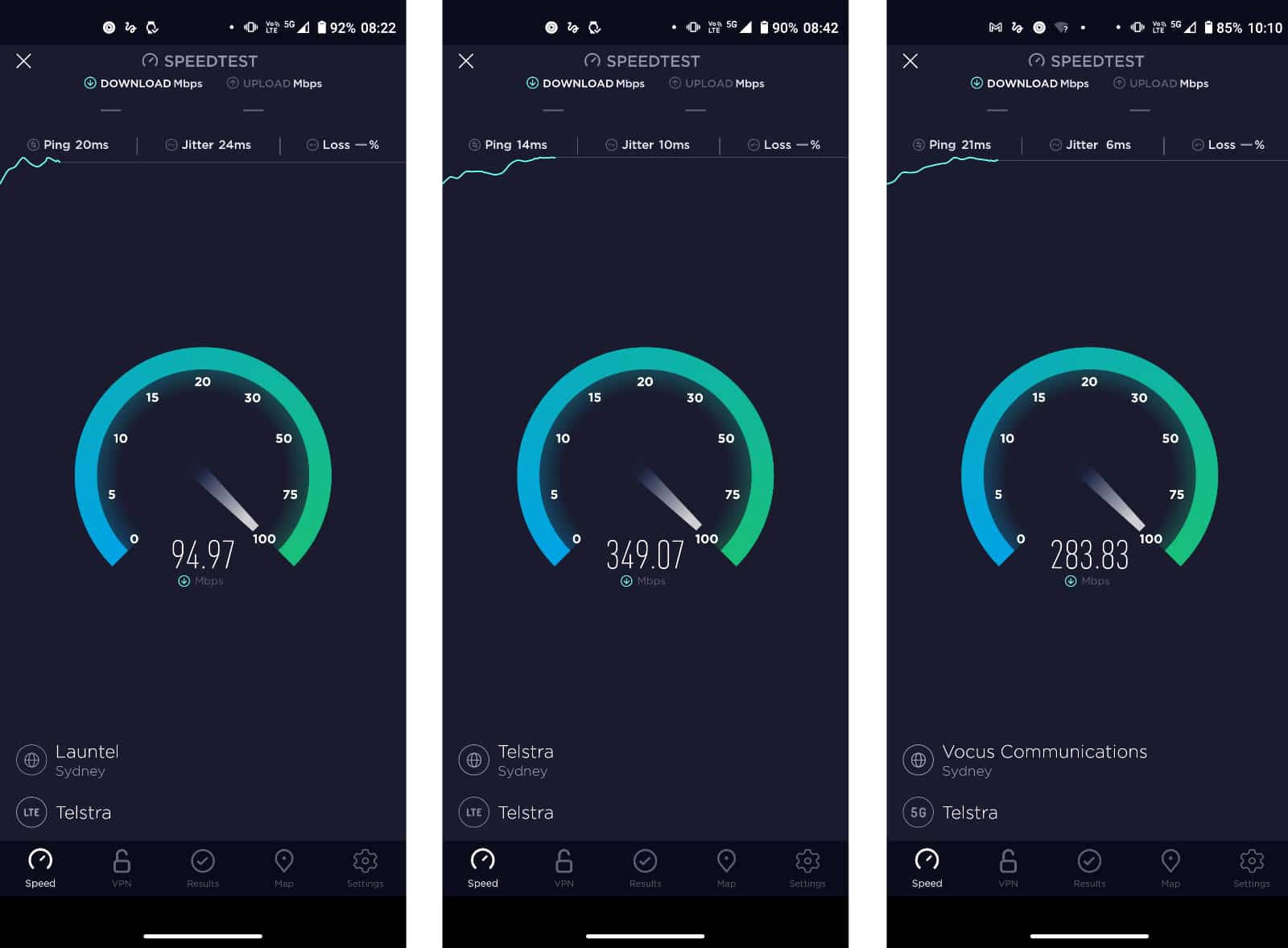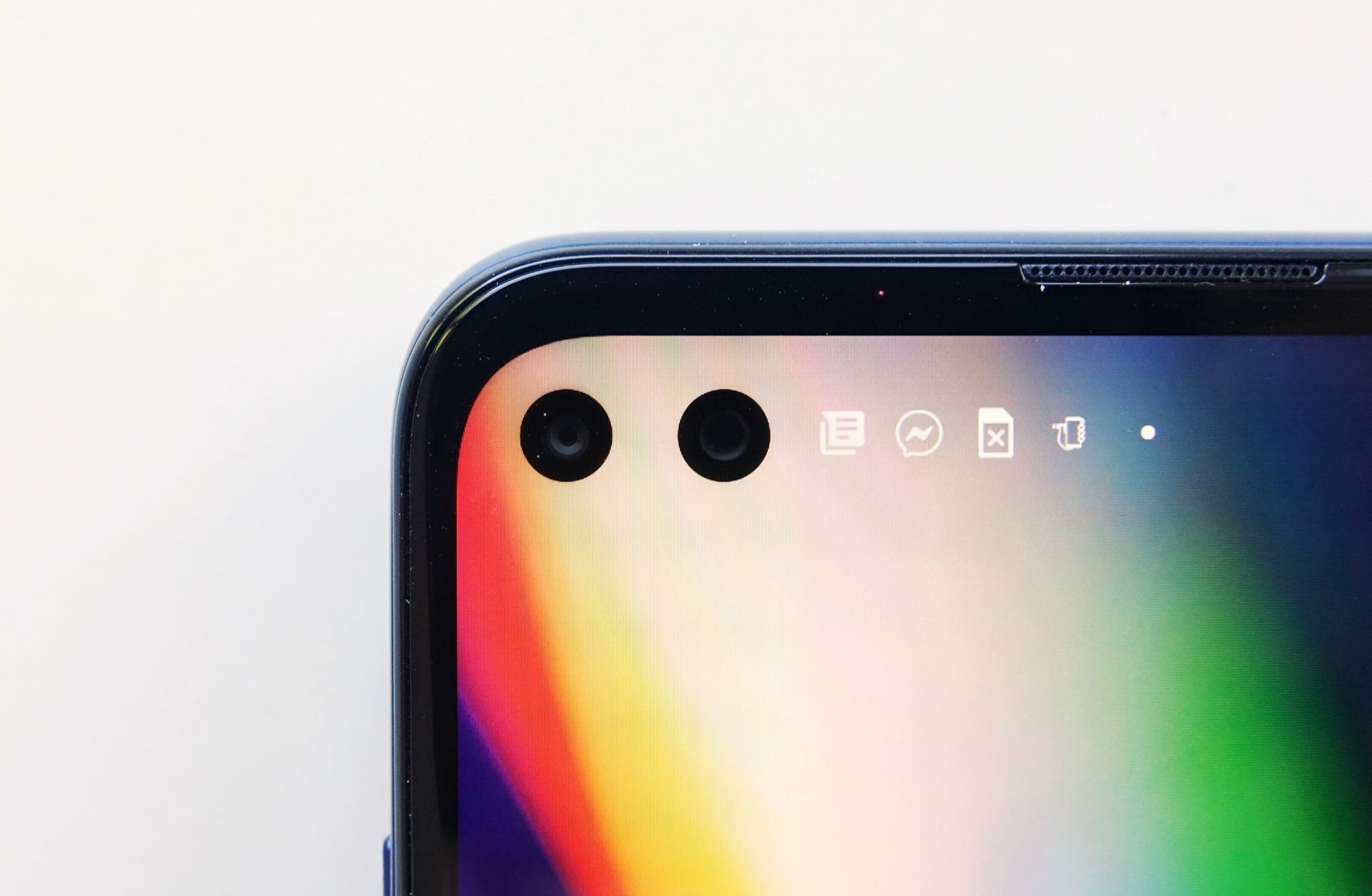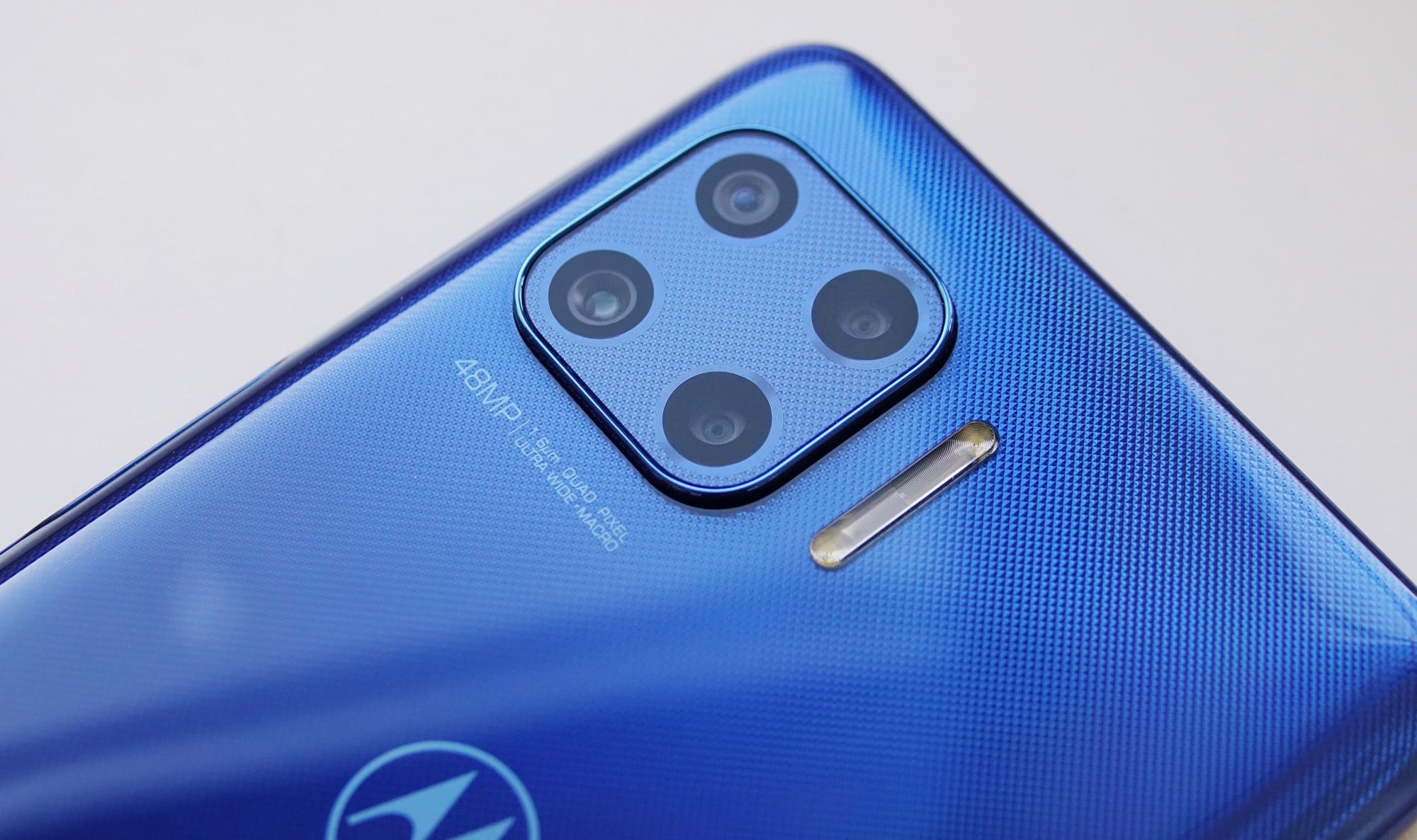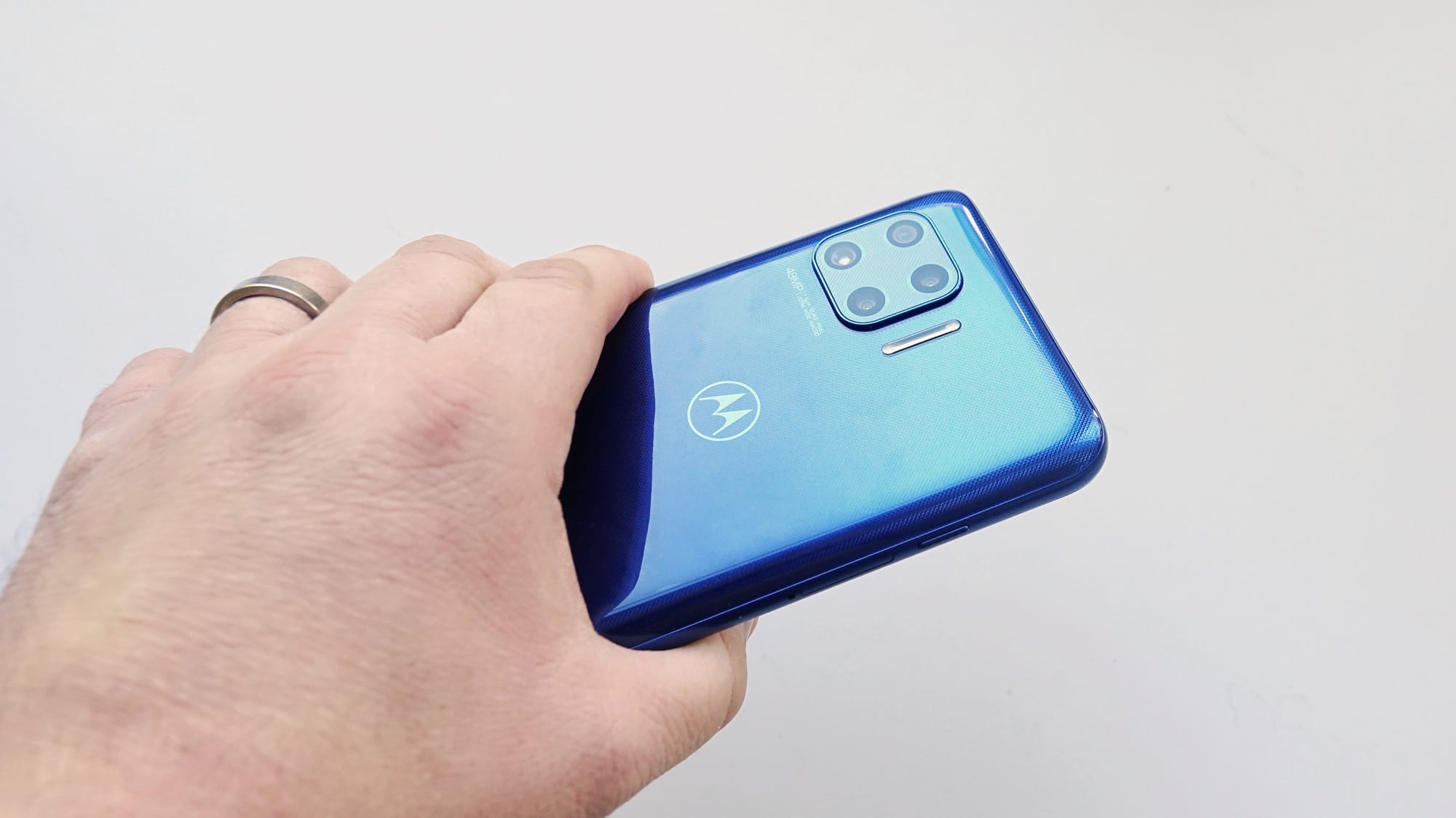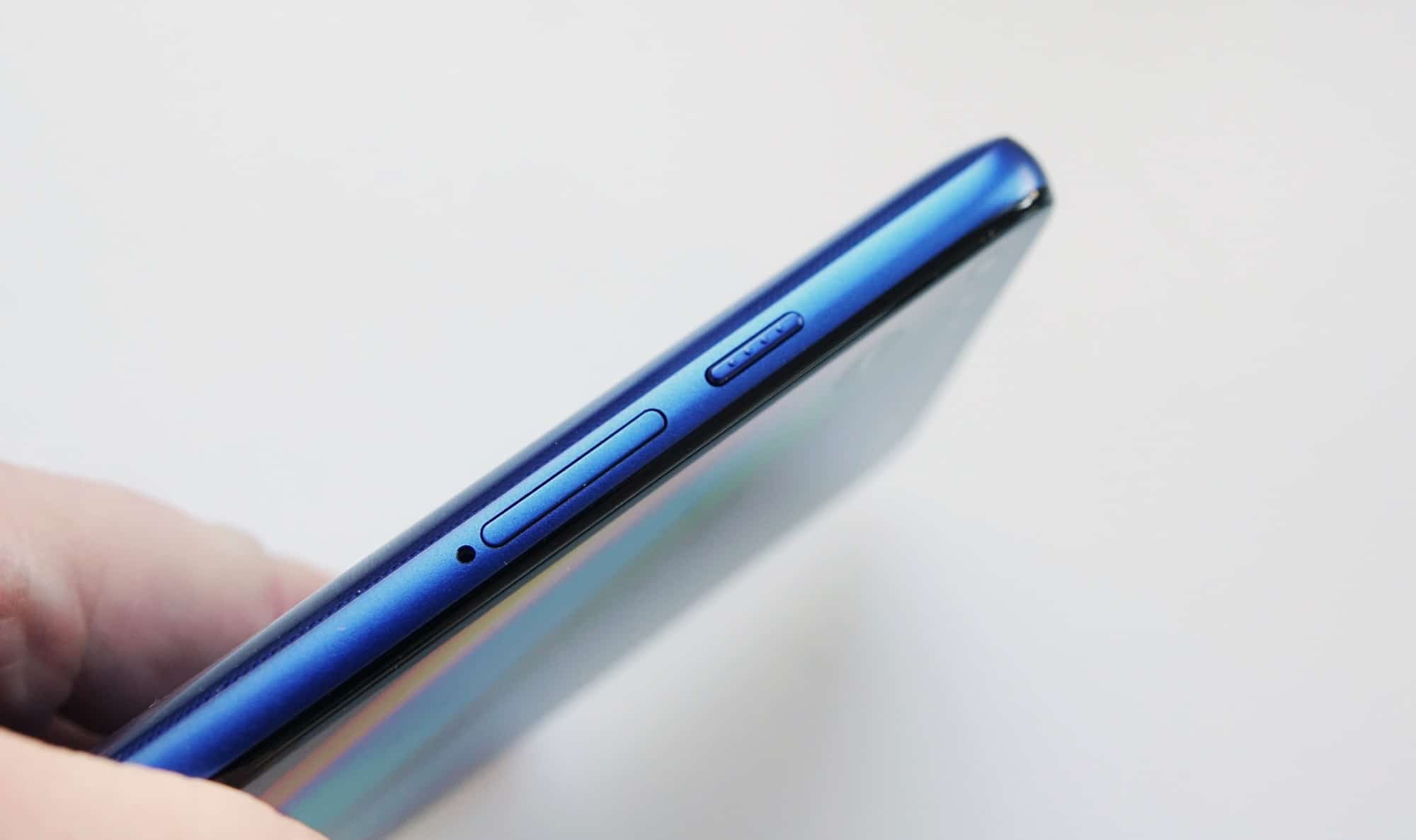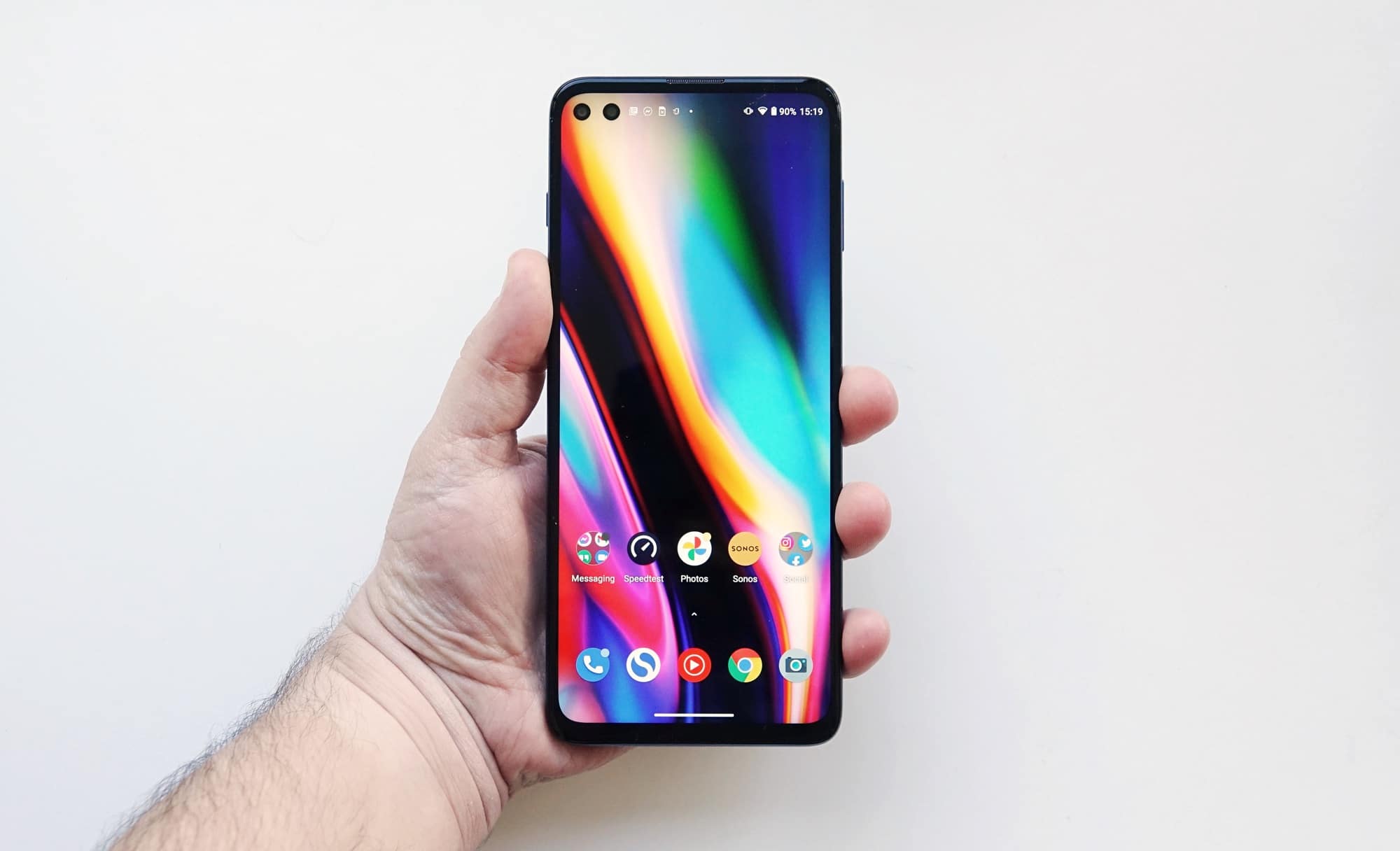Quick review
The good
The not-so-good
Another mid-range 5G option is here, and it might just be the best of the bunch. What’s so good about the Moto G 5G Plus, and is it worth your while?
Finding a 5G phone isn’t necessarily hard these days, but finding a 5G phone that matches your price point and delivers solid performance, that’s not remarkably easy. It can be a little like Goldilocks and the Three Bears, where you’re given a rather odd assortment of choices, and you’re asked to go it on look, feel, and instinct.
Goldilocks only had that going for when she picked the comfiest bed and the nicest bowl of porridge, but if you’re shopping online for a phone, you just have looks, instinct, and maybe the assortment of reviews writers are publishing.
We’ve been doing the rounds with the sub-$500 5G phones lately because what they aim to deliver is so exciting: a 5G connection in a value driven phone. When other 5G phones have been hitting over the thousand dollar mark for a couple of years now, that’s a genuinely intriguing promise.
We saw a few phones last year drop below the thousand dollars, but these were still mid-range phones that could be considered a little more expensive than others.
But at $499 and below, 5G is now within the reach of most people. While we still don’t really have a problem that 5G solves, being prepared for it with a device that can operate on those 5G networks with no problems and won’t cost you an arm or a leg, well, that is an exciting proposition.
That still doesn’t change the Goldilocks conundrum, though: several phones offering the same premise, but not much difference between them.
However Motorola’s first G-series 5G phone, the Moto G 5G Plus, might just offer something different, but you have to look beyond the surface to find out what it is.
Design
It may well be Motorola’s first mid-range 5G phone, but the design isn’t going to set any benchmarks, with a similar approach to pretty much every other mid-range 5G phone.
There’s a big screen on the front, cameras on the back, and an ordinary uninteresting coloured plastic body bringing it all together with a fingerprint sensor in the power button on the right edge.
Honestly, if it weren’t for the Motorola logo on the back, you’d be excused for thinking the Motorola was any other mid-range phone, because there aren’t many unique qualities here.
Features
Under the hood, the Moto G Plus 5G shares a reasonable amount with other 5G phones, though seems to step over the mid-range models we typically see.
Rather than opt for a Snapdragon 4 or a Snapdragon 6, Motorola is instead going for a Snapdragon 7, choosing the Snapdragon 765 we saw in our Moto Edge review last year.
That means you get Qualcomm’s Snapdragon 765 5G chip, paired with 6GB RAM and 128GB storage, the latter of which can be upgraded using a microSD slot found in the body. The Moto G 5G Plus comes out of the box with Android 10.
On the back, there are four cameras, with Motorola using a familiar 48 megapixel module with an F1.7 lens, with the remaining three cameras covering an assortment of options, including an ultra-wide 8 megapixel F2.2 camera, a 5 megapixel macro F2.2, and a 2 megapixel F2.2 depth camera idea for the portrait mode of the camera. The front even gets more than one camera, something we’re not used to seeing in the mid-range, with a 16 megapixel F2.0 main front camera, accompanied by an 8 megapixel F2.2 ultra-wide selfie camera. Both sets of cameras — front and rear — offer 4K Ultra HD support, too.
With connections, you’ll find an assortment to work with, supporting 5G, 802.11a/b/g/n/ac WiFi (WiFi 5), Bluetooth 5.1, GPS, and Near-Field Communication (NFC), meaning it supports Google Pay, too. That’s wireless sorted, but there’s also a USB Type C port for charging and data, as well as a 3.5mm headset jack on the G Plus 5G, as well.
All of this sits under 6.7 inch 2520×1080 Full HD+ touchscreen sporting, and even gets a fast 90Hz refresh rate, making it super slick for animations.
There’s also a facial unlock system in the front-facing camera, with a few buttons on the phone, one of which includes a fingerprint sensor underneath, the power button. You’ll also find a volume rocker and a Google Assistant button, as well.
That all comes in a plastic body, encasing a 5000mAh battery in the design that is not removable.
In-use
Grab the phone and you’re ready to go, and if you’ve ever used Android before, this will be all too familiar to you. That’s because Motorola offers a mostly stock version of Android, meaning you get Google’s operating system the way its creator imagines it to look.
You’ll find widgetised home screens, the Google Discover screen on the very left, an app drawer and all that jazz, and it all looks like a Pixel, except it’s from a Motorola phone.
There’s support for a fingerprint sensor on the right to unlock the phone, and the front facing cameras support facial unlock, so you have both way of unlocking, rather than just one. That’s a good assortment of security features for a mid-range phone, and given it has NFC for Google Pay, quite useful. Motorola has even left in the standard Motorola gesture controls, such as how you can trigger the camera by shaking it quickly with your wrist.
It’s a little surprising to see Android 10 on this device, especially given Android 12 is right around the corner. In fact, at the time we reviewed the Moto G 5G Plus, it was still running Android 10 and not the Android 11 that has been out for almost a year.
Fortunately it all comes together in a very easy to use device, and one that is relatively comfortable to use, even though it relies on a pretty large 6.7 inch screen.
Performance
Interestingly, using the 5G Plus was a little different from our experiences with sub-$500 phones thus far.
Having reviewed three — the $499 Realme 7 5G, the $499 TCL 20 5G, and the $399 Oppo A54 5G — the general consensus has been acceptable performance with some obvious lag. With the latter of these, the Oppo A54 5G, it was lag that made the phone rather frustrating and time consuming to use.
In the Moto G 5G Plus, that was not an experience that was shared. Not in the slightest. The phone was snappy, the system performed well, and if you thought this was a more premium phone just going on the experience, you wouldn’t be wrong.
This is the best performing mid-range 5G phone yet.
And that might be because Motorola hasn’t compromised on performance in the slightest in the Moto G 5G Plus. It offers the same chip it used in the more expensive Moto Edge 5G, and it offers the 6GB RAM we keep seeing as the minimum amount that makes Android phones fly at the moment.
You can also hit decent speeds on 5G, as well, though this will be network dependent, of course.
Tested in Australia on the Telstra 5G network, we found speeds reaching as high as 360Mbps, with the phone having no problems connecting to 5G, something we saw on at least one mid-range 5G phone.
In pure Goldilocks speak, this phone is just right. At least in regards to performance.
Cameras
There’s also a good assortment of cameras to talk about in the Moto G 5G Plus, too, thanks in part to four on the back and an unlikely two on the front.
We’ll tackle the front first because two front-facing cameras is rare for most phones, but seemingly even rarer when you’re talking about phones that don’t cost an arm or a leg.
For the Moto G 5G Plus, Motorola is including them to cater to standard wide selfies and ultra-wide selfies, so you can fit more in.
It’s a nice inclusion for customers, even if it does make the screen look a little unbalanced, thanks in part to there being one quarter of the top display taken up by cameras. We’d prefer it if Motorola had centred these cameras, much like Google did with the Pixel 3 XL.
There are cute touches to help you out, though, with the selfie mode running a ring around the right camera you’re using, providing an indication of which of the two is firing at you. We’ve never seen that before, and it’s a neat form of assistance to give you an idea where to look when you’re taking a selfie.
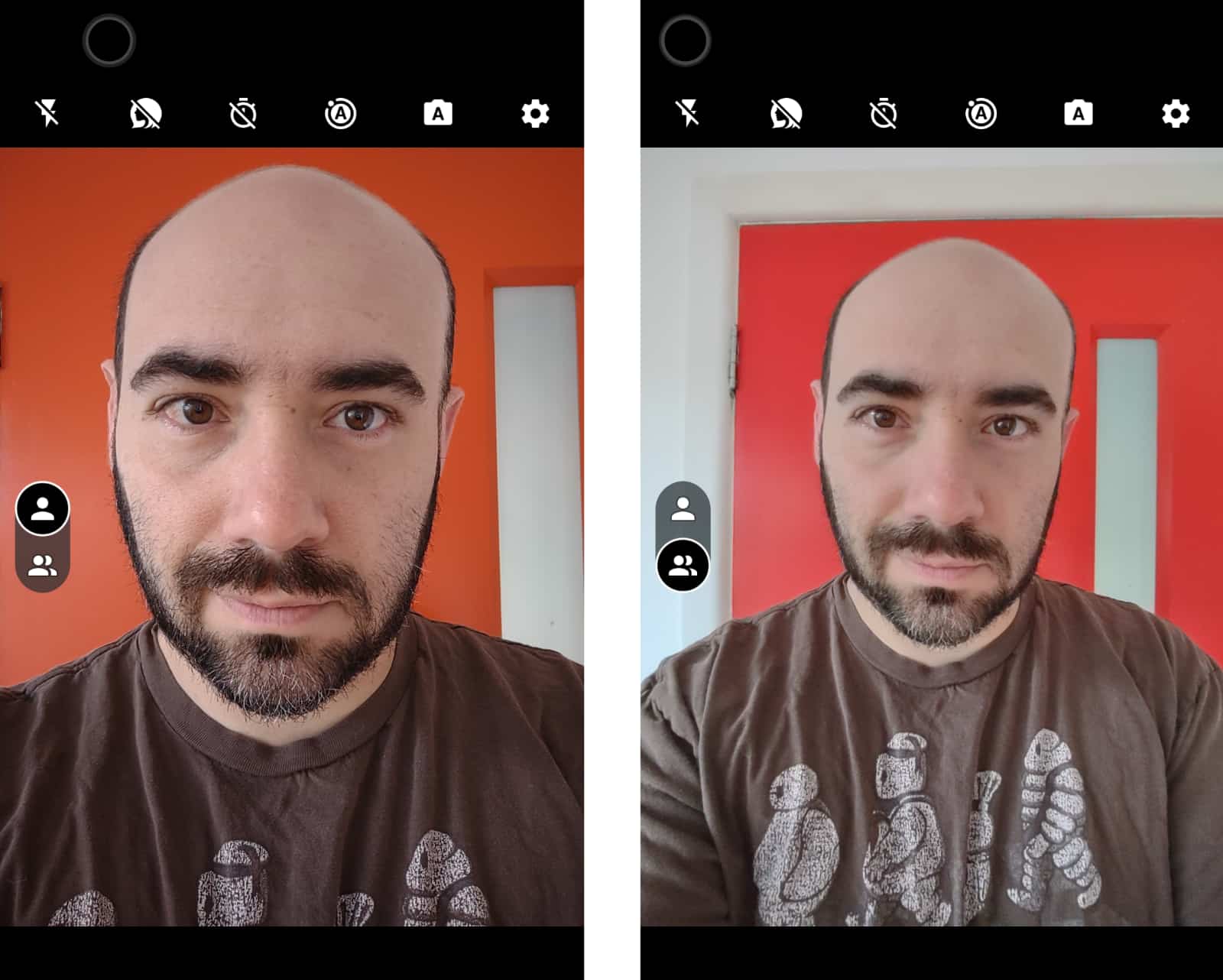
Unfortunately as cool as that initiative is, the quality from the selfie camera can appear soft depending on the camera you use and the time of day you capture. Clarity is not the friend of the Moto G 5G Plus, and it doesn’t get much better on the back.
Much like other phones we’ve reviewed over the past year, Motorola is using a 48 megapixel camera to downsample down to 12 megapixels, with this acting as its main camera.
It’s a nice and bright camera in the day time, though it can be obviously soft, particularly when the light begins to lower. Motorola’s choice of camera doesn’t come off remarkably fast, and so the quality is not exactly going to knock your socks off in the way the Pixel 4a with 5G’s camera might.
Fortunately, you have a few other cameras for other reasons in this phone, with the macro letting you get a little closer than you might normally, and able to flex some creative muscle with the phone’s camera.
Battery
There’s also a 5000mAh battery here, and while it won’t deliver a full two days of life, Moto has managed to hit near it, lasting in our tests from morning to early evening the next day. We put that closer to 36 hours, which isn’t a bad result for a phone this price at all.
Value
And at $499, Motorola has nailed the price and the value. Much like how we’ve thought other $499 5G phones achieved value easily, so too has Motorola.
Only Motorola’s win feels more pronounced. There’s no sacrifice to performance in our tests, and the hardware feels like a win.
Each of these sub-$500 5G phones looks and feels largely the same, with really the brand and the flavour of Android being the main difference, yet the Motorola G 5G Plus comes across as the most successful so far.
It may well be Motorola’s most impressive G-series phone in a long time.
What needs work?
So what needs work in this impressive little mid-range mobile? Surprisingly for the price, not much.
This isn’t a premium phone by any stretch of the imagination, and Motorola hasn’t gone out and included any cute extras, such as how Motorola included truly wireless earphones in the Moto G9 Play.
You get 5G and you get some solid performance. That’s the win for this phone.
What you don’t get is a remarkable camera performance in low light, with Moto’s $500 phone not really managing to hit the camera quality of Google’s $500 phone, the Pixel 4a.
If it’s a question of camera quality version mobile performance, you know roughly where the phone is sitting, but at night, just be aware that the phone isn’t the best there is.
We’d also love for Motorola to remove the Google Assistant button, a dedicated button on the left edge to trigger the Google Assistant.
We’ve seen this gone in more phones more often than not, replaced with simply holding down the power button or swiping up from one of the corners, and it feels more like an unnecessary button on this phone you’ll accidentally press and grumble about later.
Final thoughts (TLDR)
Minor squabbles aside, the Moto G 5G Plus is probably the best win we’ve seen so far from the mid-range 5G mobile market.
There’s a lot happening in this area, and it’s hardly a surprise why: as 5G makes its way out to more regions, offering a value-driven 5G device makes a lot of sense. Not everyone wants to spend the thousand or two needed for a high-end phone like the iPhone 12 or the Galaxy S21, and so these mid-range options deliver.
But in the case of the Moto G 5G Plus, it really delivers. We’re really glad we reviewed this one after the others, because while the other sub-$500 5G phones were good, Motorola’s really stands out.
Honestly, if Goldilocks needed to choose between the range, she’d say this $499 5G phone is just right. Bears need not apply.



